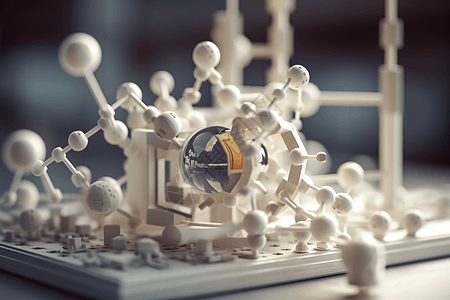The 3D printing industry has received widespread attention at home and abroad. Various 3D printing technologies have also been applied and developed in many industries. They currently cover many fields such as manufacturing, medical care, education, aerospace, and military. However, global 3D digitization and 3D printing The technology is still in its early stages of growth.
Based on the technical characteristics and development status of the 3D printing industry, the future development of the industry has the following trend characteristics:
Metal materials are the key development direction of 3D printing
Metal materials have excellent properties such as high strength, high wear resistance, and high corrosion resistance, and have a wide range of application requirements in industrial manufacturing. However, traditional metal processing methods have shortcomings such as high cost, low efficiency, and large waste, and are difficult to meet the manufacturing requirements of complex structures and high precision. Therefore, using 3D printing technology to manufacture metal parts has huge market potential and competitive advantages.
Personal consumption is an important growth point for 3D printing
In the field of personal consumption, the 3D printing industry is expected to maintain a relatively high growth rate. As the performance of 3D printing equipment improves and prices drop, individual users can more conveniently use 3D printing technology to manufacture the products they want to meet their personalized and creative needs. In many industries, the pursuit of personalization has become a common consumer trend. Rather than purchasing mass-produced products, consumers are more likely to purchase products designed specifically for them to suit their personal tastes and preferences.
Industrial manufacturing is the core application area of 3D printing
Industrial manufacturing is the earliest and most extensive application field of 3D printing technology, and it is also the field where 3D printing technology can best reflect its value and advantages. With the advancement of Industry 4.0, 3D printing technology will play a greater role in industrial manufacturing, realizing intelligent, digital, networked and flexible production methods, improving production efficiency and quality, and reducing production costs and resource consumption.
For example, if the output of a certain brand's products is relatively low, this can be easily achieved using 3D printing technology. Even if the number of parts to be produced increases, 3D printing technology can achieve this goal without increasing reprocessing costs. 3D printing technology is well suited for low- to medium-scale production. With proper planning, engineering, and materials development, parts produced using 3D printing technology can be seamlessly integrated into equipment capable of high-volume production, such as injection molding equipment.
3D printing technology allows manufacturers to produce parts on demand instead of retrieving them from a warehouse. On-demand production will help companies significantly reduce inventory and warehousing costs.
In addition, 3D printing is sustainable and environmentally friendly, and one of the important benefits is the reduction of waste. In addition to reducing waste, 3D printing also saves energy.
Industrial standards are the basic guarantee for the 3D printing industry
As an emerging manufacturing method, the 3D printing industry currently lacks unified and complete industrial standards, which has caused certain obstacles to the standardized development of the industry and the healthy operation of the market. Therefore, establishing and improving the standard system of the 3D printing industry, including technical standards, quality standards, safety standards, environmental standards, etc., is an important measure to promote the development of the 3D printing industry.
Technological innovation is the core driving force of the 3D printing industry
As a high-tech industry, the 3D printing industry cannot develop without the support of technological innovation. In the current market environment, the 3D printing industry is facing many challenges and opportunities. It needs continuous technological innovation to improve the performance of 3D printing equipment, reduce the cost of 3D printing materials, expand the fields of 3D printing applications, and solve problems in the 3D printing process. questions etc.


